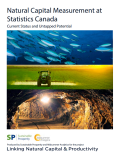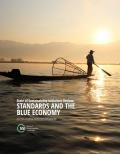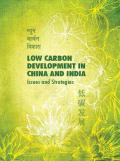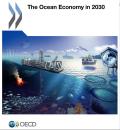


Reductions in the greenhouse gas (GHG) intensity of passenger and freight transportation are possible through adoption of fuel-saving technologies, demand switching between modes, and large-scale electrification of fleets, in addition to other actions. In this study, future scenarios to 2030 and 2050 are the basis for assessment of GHG reduction potentials for major passenger and freight modes (automobiles, buses, trains, aircraft, and oceangoing vessels) across eight regions of the world. New fuel-saving technologies can significantly reduce the life-cycle GHG footprint of both passenger and freight vehicles, but not uniformly worldwide. Countries outside of the Organization for Economic Cooperation and Development (OECD) lag behind OECD countries in GHG reduction potentials for all modes but oceangoing vessels owing to a combination of slower adoption of fuel-saving technologies and a slower decarbonization of electricity generation and other processes. The reduction of GHG intensity will occur more slowly for freight modes than for passenger modes.

With the recognition on the importance of partnership and collaboration to tackle climate change, the project on Low Carbon Development for China and India seeks to understand learnings on options, barriers and success stories on implementability of policies and programmes promoting low carbon development in China and India.
Based on an understanding of similarities and differences between China and India, in 2012, The Energy and Resources Institute of India (TERI), National Center for Climate Change Strategy and International Co-operation, Central University of Finance and Economics and Zhejiang University launched one of the first collaborative efforts between research institutes in China and India on low carbon development. The intended outcome of the project is supporting policy development by facilitating south-south cooperation, creating relevant knowledge and building capacities.

